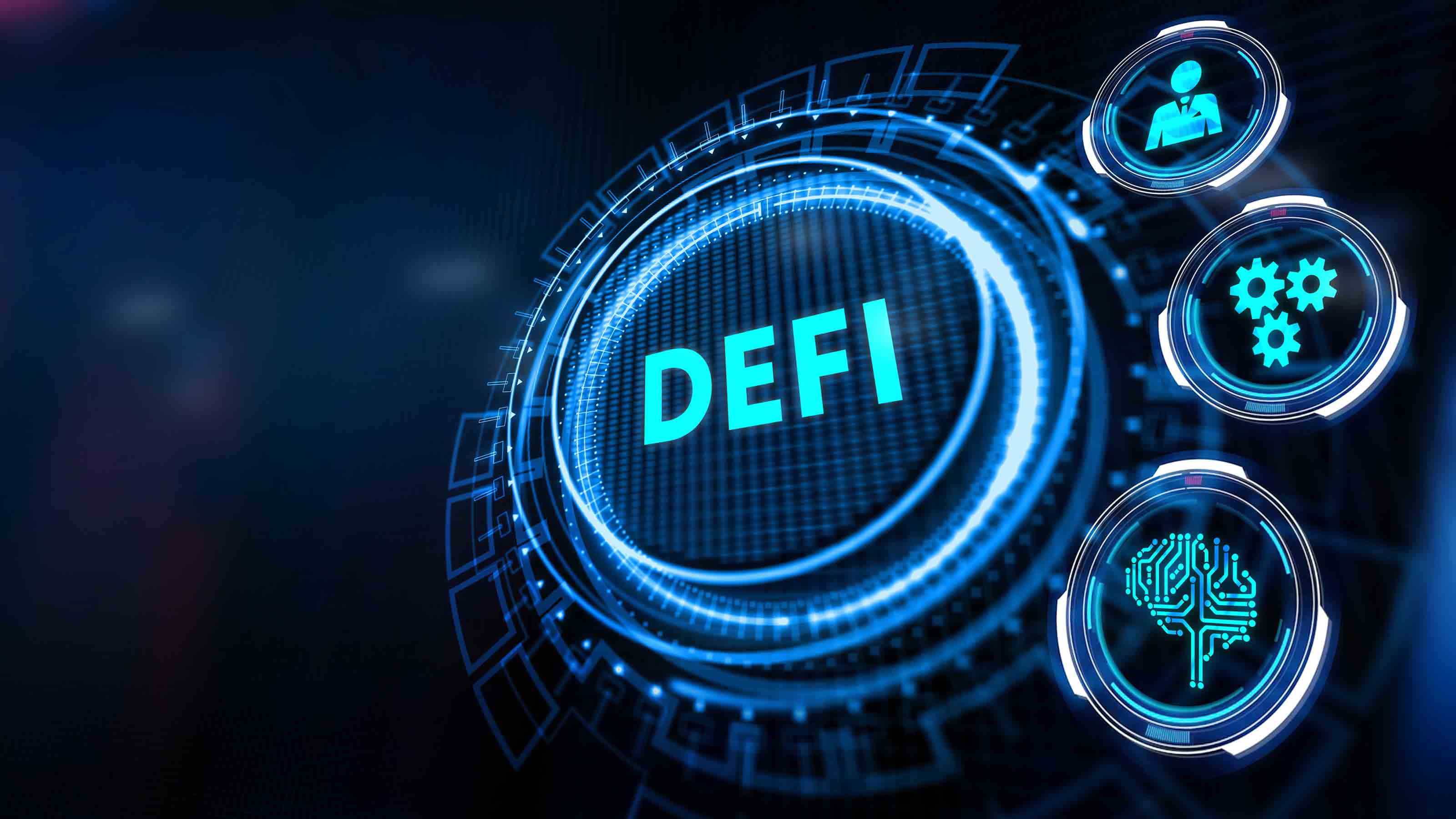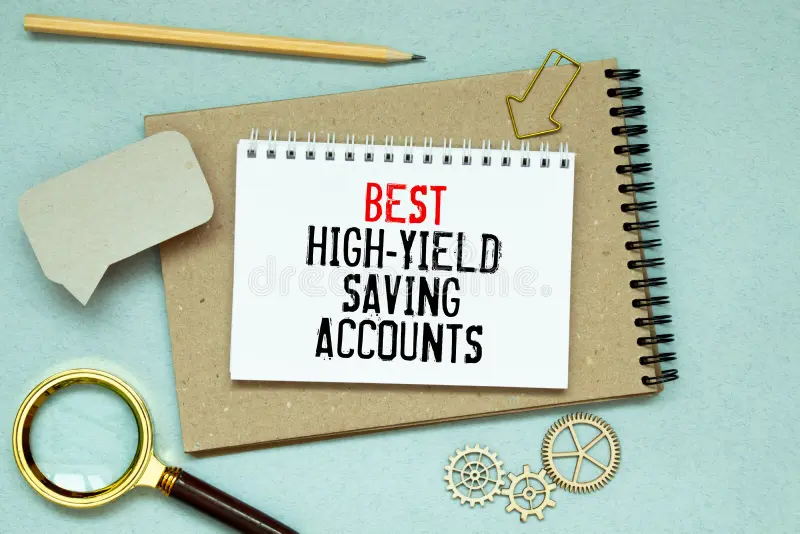DeFi Explained: A Deep Dive into Decentralized Finance
 The financial landscape is undergoing a radical transformation, thanks to Decentralized Finance (DeFi). If you’ve heard about DeFi but don’t fully understand what it is, how it works, or why it’s gaining massive traction, you’re in the right place. In this in-depth guide, we’ll break down everything you need to know about DeFi, from its origins to its future potential, using a clear and engaging storytelling approach.
The financial landscape is undergoing a radical transformation, thanks to Decentralized Finance (DeFi). If you’ve heard about DeFi but don’t fully understand what it is, how it works, or why it’s gaining massive traction, you’re in the right place. In this in-depth guide, we’ll break down everything you need to know about DeFi, from its origins to its future potential, using a clear and engaging storytelling approach.
What is DeFi?
Imagine a world where you can lend, borrow, trade, and earn interest on your assets without ever stepping into a bank. That’s the essence of Decentralized Finance—a movement that aims to replace traditional financial intermediaries with blockchain-based solutions.
At its core, DeFi leverages smart contracts on blockchain networks like Ethereum, enabling users to access financial services without middlemen. Unlike traditional finance, where banks control transactions, DeFi operates on a permissionless and trustless system.
The Evolution of DeFi
To understand DeFi’s significance, let’s take a trip down memory lane.
-
2008: The financial crisis exposed major flaws in traditional banking, leading to the creation of Bitcoin by Satoshi Nakamoto.
-
2015: Ethereum introduced smart contracts, setting the stage for decentralized applications (dApps).
-
2020-2021: The DeFi boom took off, with platforms like Uniswap, Aave, and Compound reshaping the financial landscape.
How DeFi Works
DeFi is powered by blockchain technology, primarily on the Ethereum network. Here’s a step-by-step breakdown of how it operates:
-
Smart Contracts – These are self-executing agreements that eliminate the need for intermediaries.
-
Liquidity Pools – Users deposit assets into pools to facilitate lending and trading while earning rewards.
-
Decentralized Exchanges (DEXs) – Platforms like Uniswap and SushiSwap allow users to trade cryptocurrencies directly.
-
Yield Farming & Staking – Users earn interest by providing liquidity to DeFi protocols.
-
Stablecoins – Digital assets like DAI maintain a stable value, bridging DeFi and real-world finance.
Why is DeFi Important?
Traditional finance is full of inefficiencies—high fees, slow transactions, and limited access. DeFi offers:
-
Financial Inclusion: Anyone with an internet connection can access banking services.
-
Lower Costs: No intermediaries mean reduced fees.
-
Transparency: Transactions are recorded on a public ledger, enhancing security.
-
Ownership: Users have full control over their funds without relying on banks.
Popular DeFi Applications
1. Lending and Borrowing
DeFi lending platforms like Aave and Compound allow users to lend assets and earn interest or borrow funds by collateralizing crypto holdings. Unlike banks, these platforms operate 24/7 with minimal fees.
2. Decentralized Exchanges (DEXs)
Instead of using centralized platforms like Coinbase, DeFi traders turn to Uniswap and Curve Finance for peer-to-peer trading. These exchanges remove middlemen, offering better liquidity and lower costs.
3. Yield Farming & Staking
Yield farmers deposit assets into liquidity pools to earn rewards. For example, platforms like Yearn Finance automate yield optimization for users seeking passive income. Staking, on the other hand, involves locking up tokens to secure networks like Ethereum 2.0 and earn rewards.
4. Stablecoins
Stablecoins bridge the gap between traditional and crypto finance. USDC, DAI, and USDT offer price stability, making DeFi more practical for everyday use.
Risks and Challenges in DeFi
While DeFi is revolutionary, it’s not without risks:
-
Smart Contract Bugs – Vulnerabilities in code can lead to hacks.
-
Scams and Rug Pulls – Fraudulent projects can wipe out investors’ funds.
-
Regulatory Uncertainty – Governments are still figuring out how to regulate DeFi.
-
Impermanent Loss – Liquidity providers may face losses if token prices fluctuate.
How to Get Started with DeFi
-
Set Up a Wallet – Use a MetaMask or Trust Wallet for easy access.
-
Buy Crypto – Purchase Ethereum or stablecoins from an exchange.
-
Choose a DeFi Platform – Research and select reputable platforms like Uniswap or Aave.
-
Start Small – Begin with small investments to minimize risk.
-
Stay Informed – Follow trusted sources like CoinDesk and DeFi Pulse for updates.
The Future of DeFi
The DeFi space is rapidly evolving, with upcoming innovations like Layer 2 solutions, cross-chain interoperability, and decentralized identity promising to make DeFi even more secure and scalable. Experts predict that DeFi could one day replace traditional banking, creating a truly global financial system.
FAQ Section
1. Is DeFi safe?
DeFi is generally secure, but risks like smart contract bugs and scams exist. Always do your research before investing.
2. How do DeFi loans work?
DeFi loans require users to deposit collateral. Unlike banks, there are no credit checks.
3. Can I make money with DeFi?
Yes! Through yield farming, staking, and lending, users can earn passive income.
4. What is the best DeFi platform?
Popular platforms include Uniswap, Aave, Compound, and MakerDAO, each serving different DeFi needs.
5. What happens if a DeFi platform gets hacked?
If a platform is hacked, funds could be lost unless the platform has insurance or compensation measures in place.
Final Thoughts: The Dawn of a New Financial Era
DeFi is more than just a buzzword—it’s a revolutionary shift in the way we think about finance. Whether you’re an investor, a developer, or simply curious, now is the time to explore DeFi. While risks exist, the potential for financial freedom and inclusion makes DeFi one of the most exciting innovations of our time.
If you’re ready to dive in, start small, do your research, and embrace the future of finance—because DeFi is here to stay.

